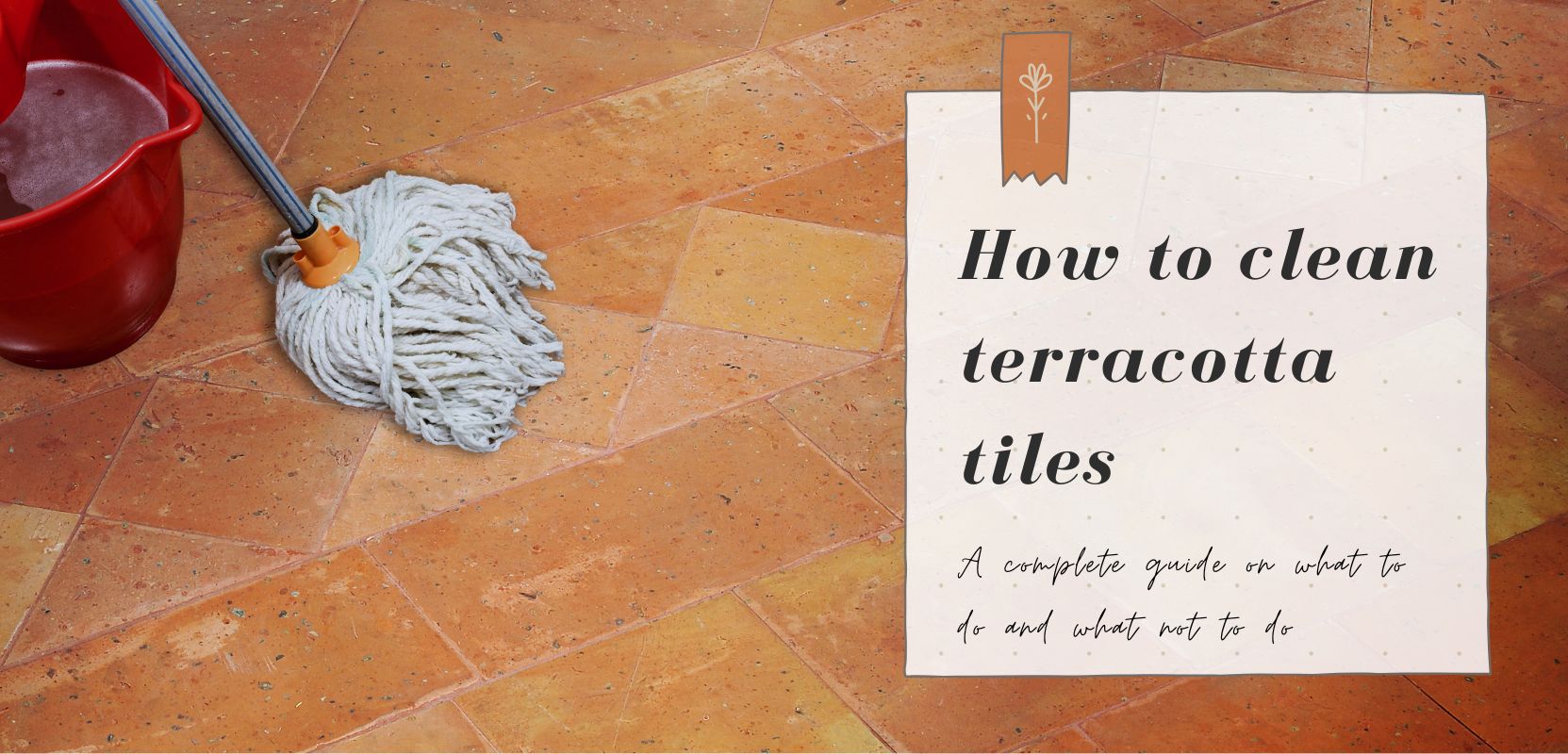Laminate flooring is a great option for kitchen due to its easy maintenance and resistance to steam and moisture. It’s important to clean up spills promptly to prevent staining and avoid water damage.
Selecting the right flooring for your kitchen is crucial as it needs to withstand the heavy foot traffic, be easy to clean, and resist moisture and spills. When it comes to kitchen laminate flooring, choosing the right material is essential for providing both aesthetic appeal and functionality.
Laminate flooring offers an affordable, durable, and stylish solution, making it a popular choice for kitchens. However, it’s important to understand the pros and cons of laminate flooring in the kitchen to make an informed decision. In this comprehensive guide, we’ll explore everything you need to know about laminate kitchen flooring, including its benefits, considerations, and maintenance tips.

Credit: www.ecoceramica.com
Benefits Of Kitchen Laminate Flooring
Kitchen Laminate Flooring: When it comes to choosing flooring for your kitchen, laminate is an excellent option due to its numerous benefits. It offers low maintenance, affordability, and a wide variety of design options, making it a practical and stylish choice for any kitchen.
Low Maintenance
Laminate flooring in the kitchen is a low-maintenance option, which is perfect for a busy household. It’s easy to clean and resistant to stains, making it ideal for areas prone to spills and messes. With simple regular sweeping and occasional mopping, laminate flooring can maintain its attractive appearance for years to come.
Affordable Investment
With its cost-effective nature, laminate flooring is an affordable investment for any kitchen. It offers the aesthetic appeal of hardwood or tile without the hefty price tag. This makes it a budget-friendly option for homeowners who want to enhance their kitchen’s look without breaking the bank.
Variety Of Designs
One of the most appealing aspects of kitchen laminate flooring is the wide range of design options available. From wood-look finishes to stone and tile designs, there is a laminate floor to complement any kitchen style. With various colors, patterns, and textures to choose from, homeowners can easily find a laminate flooring option that suits their taste and kitchen decor.

Credit: www.garrisoncollection.com
Top Laminate Flooring Options
When selecting laminate flooring for your kitchen, it’s important to consider the quality, durability, and style that best suits your needs. Here are some top laminate flooring options available from various retailers.
Ll Flooring
- Click Laminate Plank / Board – $86.04
- Click Laminate Plank / Board Natural – $75.47
- Click Laminate Plank / Board – $16.24
- Sale Click Laminate Plank / Board – $34.31
- Click Laminate Plank / Board – $35.13
Amazon
- Kitchen Adhesive Vinyl Tile – $79.92
Floor And Decor
- Laminate – $67.91
- Kitchen, Bathroom Click Vinyl – $53.92
More options can be added similarly
Kitchen laminate flooring options vary in price and design, offering a wide range of choices to match your style and budget.
Choosing The Right Kitchen Laminate Flooring
High Pressure Laminate Vs. Low Pressure Laminate
High-pressure laminate is more durable and ideal for high-traffic areas, while low-pressure laminate is more budget-friendly.
Waterproof Features
Look for laminate flooring with waterproof features to ensure protection against spills and moisture in the kitchen.
Ac Rating
Ensure your kitchen laminate flooring has a high AC rating to guarantee durability and resistance to scratches and wear.
Maintaining Your Laminate Flooring
Proper maintenance of your kitchen laminate flooring is essential to keep it looking pristine and extending its lifespan. By following a few simple practices, you can ensure that your flooring remains durable, clean, and stain-free. In this section, we will discuss some regular cleaning practices, how to deal with spills, and ways to protect your laminate flooring from damage.
Regular Cleaning Practices
To maintain the beauty of your kitchen laminate flooring, regular cleaning is necessary. Here are some cleaning practices you should incorporate into your routine:
- Sweep or vacuum the floor to remove any dirt, dust, or debris. Use a soft brush attachment to prevent scratching the surface.
- Mop the floor using a damp mop and a mild, pH-neutral cleaner specifically designed for laminate flooring. Avoid using excessive water as it can seep into the joints and cause damage.
- Wipe up any spills or stains immediately to prevent them from seeping into the laminate and causing discoloration.
- Consider using a microfiber mop or cloth for cleaning as it is gentle on the laminate surface and effectively removes dirt and grime.
- Avoid using harsh abrasive cleaners, wax, or polish on your laminate flooring as they can cause damage or leave behind a residue.
Dealing With Spills
Spills are inevitable in a kitchen, but prompt action can prevent them from causing permanent damage to your laminate flooring. Here’s what you should do when dealing with spills:
- Quickly blot up the spill with a clean, dry cloth or paper towel. Avoid rubbing the spill, as it may spread and make the stain worse.
- Clean the area with a damp cloth or mop using a mild cleaning solution made for laminate floors.
- Dry the area thoroughly to prevent moisture from seeping into the joints and causing damage or warping.
- If the spill has left a stubborn stain, you can use a recommended laminate stain remover or a mixture of water and vinegar to gently clean the area.
Protection From Damage
Preventing damage to your laminate flooring is important to maintain its longevity. Here are some measures you can take to protect it:
- Place doormats at the entrances to your kitchen to trap dirt, grit, and moisture before they can be tracked onto the laminate flooring.
- Use furniture pads or felt protectors under the legs of chairs, tables, and other furniture to prevent scratches and indentations.
- Avoid dragging heavy furniture or appliances across the floor. Instead, lift them and place them in their desired location.
- Use protective mats or rugs in high-traffic areas or areas prone to spills, such as near the sink or stove.
- Avoid exposing your laminate flooring to excessive moisture or standing water, as it can cause swelling and warping. Wipe up any spills immediately.
By following these regular cleaning practices, dealing with spills promptly, and protecting your laminate flooring from damage, you can ensure that it continues to look beautiful and withstand daily wear and tear in your kitchen.
Common Concerns And Solutions
If you have been considering laminate flooring for your kitchen, it’s important to address the common concerns that homeowners have. While laminate flooring offers many benefits such as affordability and durability, there may be certain installation challenges, repair issues, and disadvantages to keep in mind. In this section, we’ll explore these concerns and provide practical solutions to help you make an informed decision for your kitchen.
Installation Challenges
Installing kitchen laminate flooring can sometimes pose unique challenges due to the presence of appliances and cabinets. One common concern is the need for trimming the planks to fit around intricate corners or edges. Another challenge is ensuring a smooth transition between different flooring materials in adjoining rooms. To overcome these challenges, it’s advisable to consult with a professional installer who has experience working with kitchen laminate flooring.
Repair Issues
While laminate flooring is known for its durability, it’s not completely immune to damage. A major concern is water damage, especially in kitchens where spills are common. To address this issue, opt for laminate flooring that comes with a moisture-resistant layer or choose a spill defense laminate option. Additionally, it’s important to quickly clean up any spills as soon as they occur to prevent long-term damage. In the event of scratches or minor damage, laminate repair kits are available to fix the affected area without having to replace the entire floor.
Disadvantages Of Laminate In The Kitchen
Although laminate flooring is a popular choice for kitchens, it’s important to be aware of its disadvantages. One concern is that laminate is not as resistant to heat as other flooring options, such as ceramic tiles or vinyl. Therefore, it’s important to take precautions when placing hot pots or pans directly on the laminate surface. Another disadvantage is that laminate flooring can sometimes be loud, especially when walked on with hard-soled shoes. To reduce noise, consider placing rugs or runners in high-traffic areas.
Overall, laminate flooring can be a practical and cost-effective option for your kitchen, as long as you address the common concerns and take appropriate measures. By understanding the challenges of installation, being proactive in repair and maintenance, and considering the limitations, you can enjoy the beauty and functionality of laminate flooring in your kitchen.

Credit: www.mannington.com
Frequently Asked Questions For Kitchen Laminate Flooring
Is It A Good Idea To Put Laminate Flooring In The Kitchen?
Laminate flooring is suitable for kitchens due to low maintenance. It resists moisture but can be damaged by excess water. Clean spills promptly to avoid staining.
What Kind Of Laminate Flooring To Use In Kitchen?
Laminate flooring is suitable for kitchens, resisting steam and moisture. However, excessive water can cause damage. Promptly clean spills to avoid staining.
What Are The Disadvantages Of Laminate In Kitchen?
Laminate flooring is prone to water damage and can be slippery when wet, posing a safety risk. It’s not as durable as other materials and can be easily scratched or dented. Additionally, in case of irreparable damage, laminate cannot be refinished or repaired seamlessly.
Do Kitchens Need Water-resistant Laminate Flooring?
Yes, kitchens benefit from water-resistant laminate flooring as it can withstand moisture from spills but excessive water can cause damage.
Conclusion
When it comes to choosing kitchen laminate flooring, consider its ease of maintenance and water resistance. While laminate is durable, prompt clean-up is key to prevent damage. To enhance your kitchen’s aesthetics and functionality, explore various laminate options suited for your needs.
Transform your kitchen with laminate flooring today.


